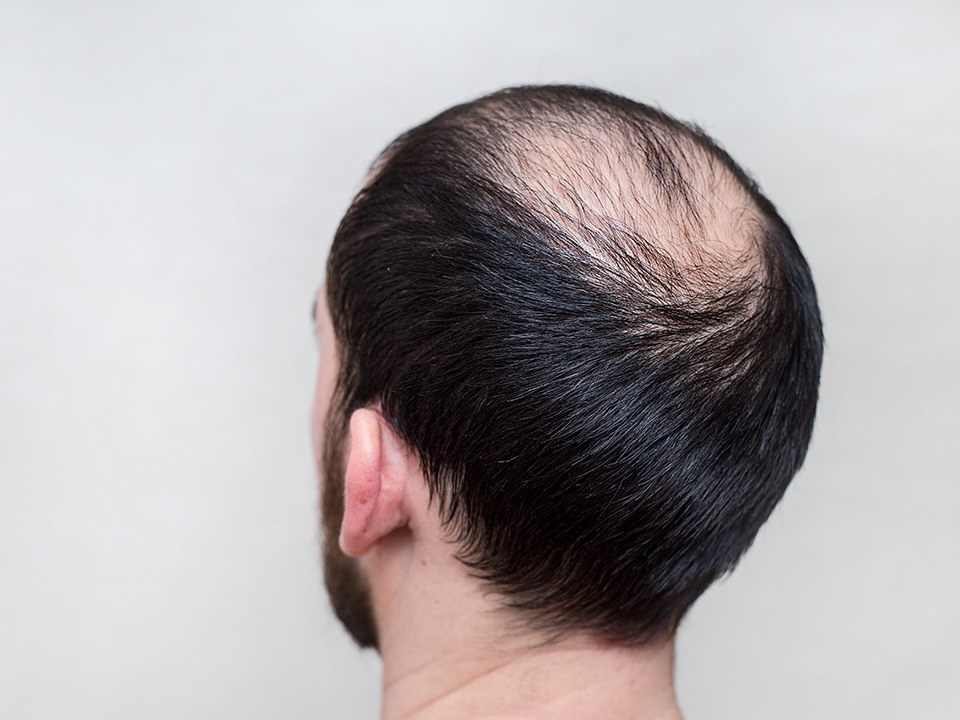Christoffels is open and taking appropriate actions to ensure customer and staff safety
Christoffels is open and taking appropriate actions to ensure customer and staff safety

With rare exception, hair loss in both men and women is extremely distressing. If you are concerned about your hair thinning or receding, it’s essential to understand the pattern of hair loss and explore suitable solutions. In this post, we want to discuss the Norwood-Hamilton Scale for male-pattern baldness and the Ludwig Scale for female hair loss density. By being familiar with these two universal classification references, you will be better equipped when seeking help from your primary care physician or when you meet with a Christoffels stylist.
The Norwood-Hamilton Scale, developed in the 1970s by Dr. O’Tar Norwood, provides an overall classification reference for male-pattern baldness. This widely used reference divides typical men’s hair loss patterns into seven categories. By comparing your own hair pattern to these reference categories, you can more easily identify the stage of hair loss you are experiencing.

It’s important to note that not every individual will fit precisely within a single Norwood category. Hair loss patterns can vary, and a professional hair restoration specialist can assess your specific situation to provide personalized recommendations ranging from hair loss treatment options to non-surgical men’s hair replacement or hair transplant options.
Female hair loss patterns differ from male-pattern baldness. The Ludwig-Savin Scale is commonly used to evaluate female hair loss density. Similar to the Norwood-Hamilton Scale, the Ludwig Scale provides a visual representation of various stages of hair loss.

To assess overall thinning, the Ludwig-Savin Scale is often used by physicians and hair restoration professionals to evaluate the extent of hair loss in women more accurately.
While understanding the classification patterns of hair loss can provide insight, a consultation with a hair restoration specialist is crucial for an accurate assessment. During the consultation, a thorough examination is undertaken along with an overview of the relative points in your medical history. Consideration will also be given to the prevalence of hair loss in your family, as genetic factors can contribute to androgenetic alopecia and other forms of female hair loss.
Based on the initial assessment, your hair restoration specialist can recommend suitable solutions tailored to your specific needs. These solutions may include both surgical and non-surgical options. It’s essential to consult with a qualified professional to explore the most appropriate approach for your hair restoration journey.
If you have identified your hair loss pattern based on the Norwood-Hamilton Scale or the Ludwig Scale, it’s time to take the next step. Contacting a hair restoration specialist will allow you to discuss your concerns and explore potential treatment options. The specialist will provide personalized recommendations based on your unique situation.
Regardless of where you live, don’t let hair loss diminish your confidence and self-esteem. Reach out to a hair restoration specialist today to begin your journey toward restoring a fuller, more vibrant head of hair.
Blog courtesy of Transitions Hair Loss Centers.

It’s time to feel good about your hair again.
3300 East 26th Street | Sioux Falls, SD 57103